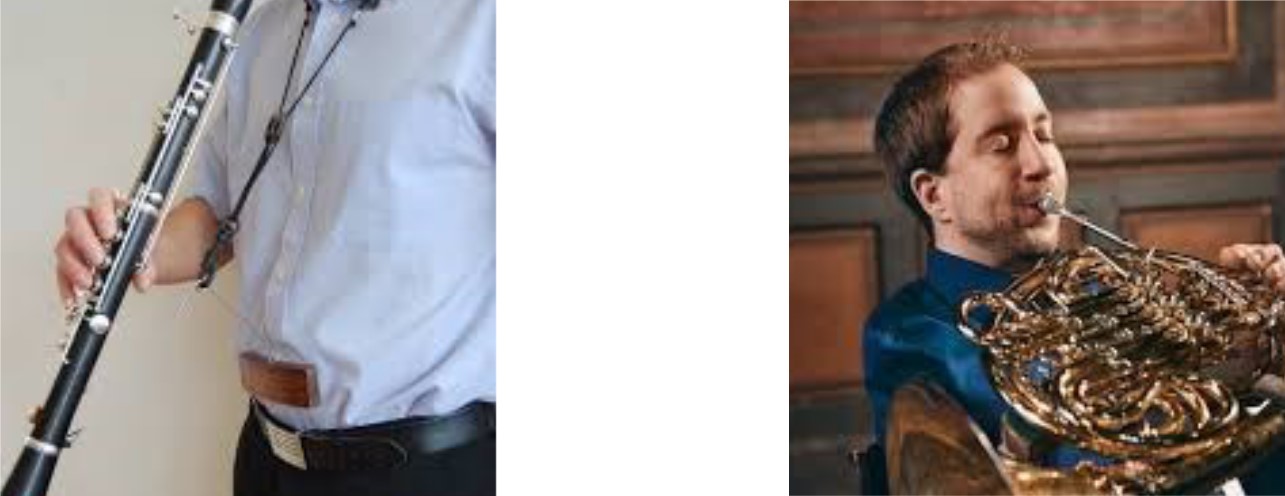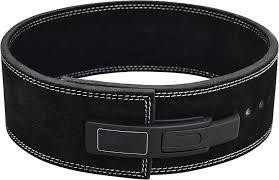
Nicola Laver LLB
NCTJ-qualified journalist and ex-solicitor

All traditional musical instruments are made to be played by an able-bodied person that can use both arms and hands. However, there are many people that have the use of only one hand— whether from birth or from an event later in life. For people (especially children) who have had their
disability since birth or an early age, they may feel excluded if they are unable to learn to play a musical instrument like everyone else – a particular problem in schools where music is taught. Alternatively, many people who already play musical instruments and later develop their disability find that they are unable to continue playing the instruments they previously played.
The OHMI Trust—the inspiration for this project—is a UK based charity that works to adapt musical instruments for people who have a physical disability. They work towards making special one-handed instruments or modifying normal instruments (adding attachments or creating supports and stands). Finding ways to adapt musical instruments to be used one-handed opens the world of musical performance to those who would not otherwise have this opportunity.
Musical instruments are designed to be held and played with two hands therefore it is impossible for people that can only use one hand to be able to play most instruments without support. The only widely used solution for this is a fixed stand but this is very limiting for multiple reasons. The biggest problem is that it restricts almost all movement for the musician as they must sit or stand in one position in order to play the instrument. This limits the expression the artist can communicate during their performance—something just as, if not more, important than the playing itself.
The stand also limits the different places and situations in which a person can play an instrument as they are restricted to performing on a stage either alone or as part of a larger ensemble and would not be able to walk around (playing in a marching band, for example). Setting up and taking down a stand can also be complicated, it may have to be deconstructed or folded up and then transported in a crate which is also more difficult with the use of only one hand. Finally, the stand is expensive – costing around £100 – and so it is not affordable for everyone, especially given that the musical instruments them-selves are also expensive. Therefore, the aim is to design and create a modular body-mounted support kit which could be used to support multiple instruments and allow someone to be able to walk around and move as they play.

Having considered various methods of approaching the problem—backpacks, slings, harnesses, vests— the optimum solution resulted in a “gym belt” style support system. This was due in part to the load bearing nature of the muscles involved along with the more gender inclusive design. Breasts posed a major design consideration as often, they are not considered when designing for the general public. Using either an ergonomic, enlarged fastening system or a use of in-dustrial Velcro, easy fastening would be achieved. To aid further in fastening the belt, shoulder straps would be implemented .
Attached to the belt, using a right-angled tube, sits an arm based of the Angleposie lamp. Inspiration was initially taken from a computer VESA arm. However,the bulk and engineering involved would not be suitable in terms of weight and portability. Therefore, lamps were the next option. In place of the lamp would sit the instrument of choice (currently trumpet or flute).
Through communication with OHMI, interfaces for the various instruments could be gathered, meaning
less parts for research and development.
The two components would interface through the right-angled joint which would be inserted and removed by the user with no additional help. To aid in alignment, the arm would be tapered at the bottom, as would the tube.
On the following page, specifications in terms points of design are located. These are in order of most important to least important.
When you submit your details, you'll be in safe hands. Our partners are National Accident Helpline (a brand of National Accident Law, a firm of personal injury solicitors regulated by the Solicitors Regulation Authority). They are the UK's leading personal injury service. Their friendly legal services advisers will call you to talk about your claim and give you free, no-obligation advice. National Accident Law may pay us a marketing fee for our services.
By submitting your personal data, you agree for your details to be sent to National Accident Law so they can contact you to discuss your claim.
If you win your case, your solicitor's success fee will be taken from the compensation you are awarded - up to a maximum of 25%. Your solicitor will discuss any fees before starting your case.
Our experts